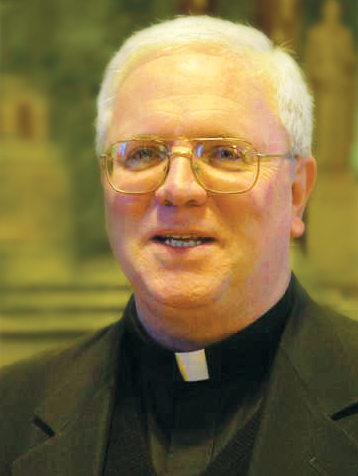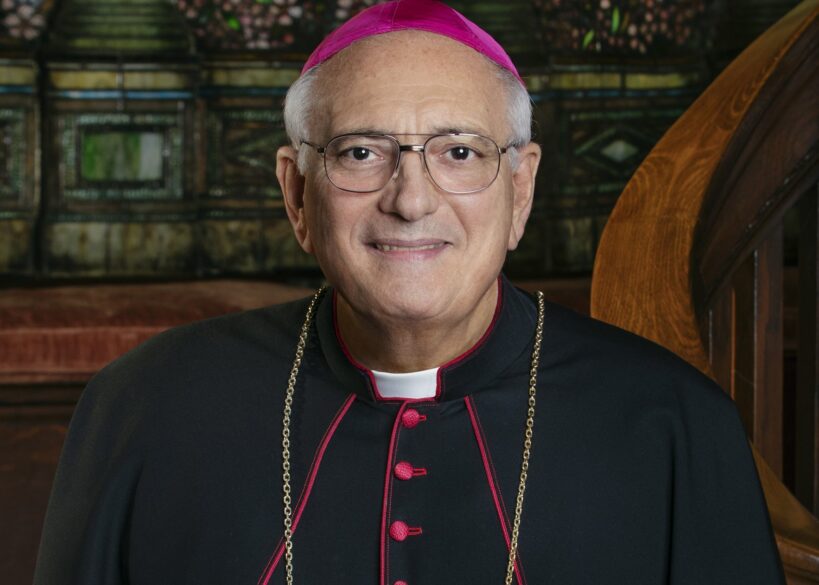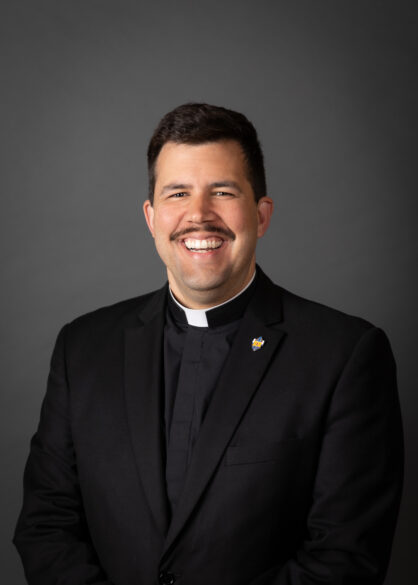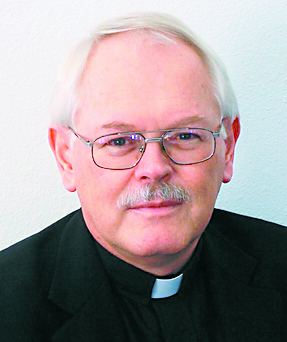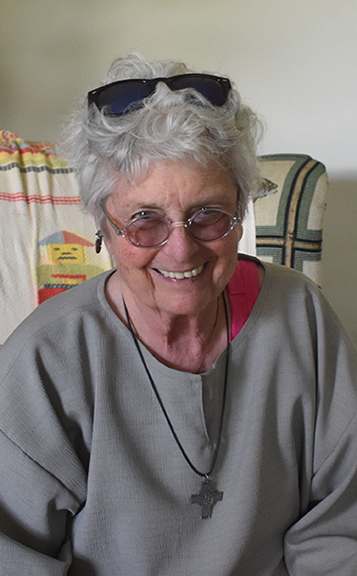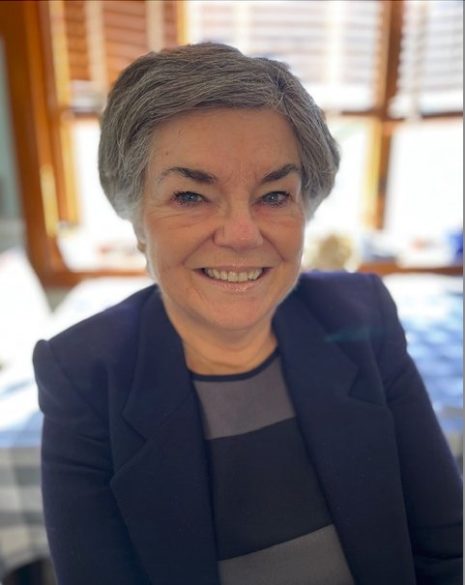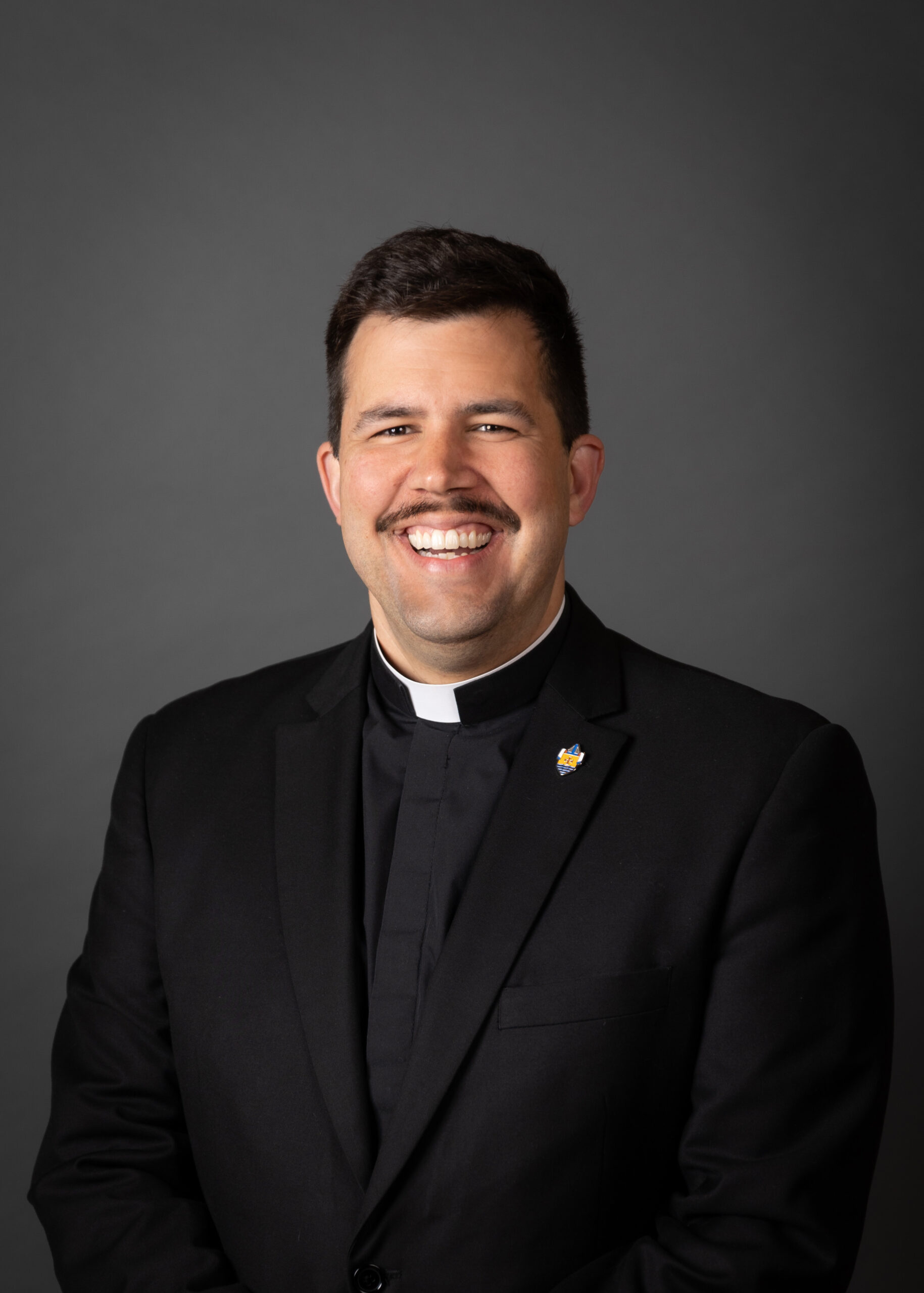We are blazing through another spring season and the seminarians are very busy. The Spring Semester always feels a little more ‘fast and loose’ because there is so much going on, liturgically, socially and academically. We have some exciting things on the horizon for our seminarians. They are getting ready for their summer assignments. Several of them will be assigned to parishes throughout the diocese and some will have specialized assignments to help them focus on specific parts of their formation. Joe Pearson will be headed to Omaha, Nebraska for the Institute for Priestly Formation. EJ Martin and Grayson Foley are headed south to Cuernavaca, Mexico to spend two months immersing themselves in the Mexican culture and learning lots of Spanish. The other three men (Will Foggo, Grayson Foley and Francisco Maldonado) will be in parishes for June and July, and Joe will be in a parish when he returns from IPF since that program only goes to July 5th. I’ll make those parish assignments public a little later in the spring. The summer assignment is an important stretch in the seminary year. It helps our guys focus on the specific tasks that they’ll eventually be fully responsible for as parish priests. I try to send them to a variety of parishes so they can meet the people of the diocese, and the specialized assignments help them prepare as well, even though they are outside of the diocese.
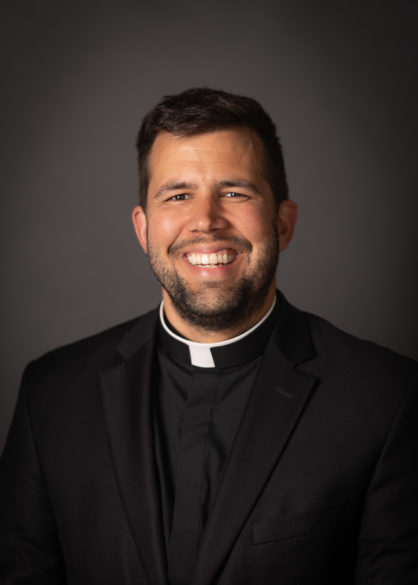
The trip to Mexico is in part to learn Spanish, but it’s also to experience the beauty that comes when we meet people where they are. This is a challenge for many young priests (it was for me) when they are in a parish with a large Spanish-speaking population, or any other population with unique needs. In a bilingual community, you have two choices — do everything in English and lose whoever you are going to lose because nothing is in Spanish, or, do your best to encounter your people where they are and take the risk and make the sacrifice of speaking as much Spanish as possible.
I spent a summer in Cuernavaca, and have been in a bilingual parish for nearly three years, and I’m still not totally fluent in Spanish, my grammar is bad and I still need help translating, but my time in Mexico gave me an attitude of resourcefulness and opened my heart more fully to ‘just trying.’ It can be easy to say — ‘let someone else handle that,’ but as priests of the Jackson Diocese, we have to be ‘malleable’ and able to handle many different realities within one parish or one assignment. I think that the summer in Mexico really helps our guys understand that mentality and practice it. I tell our guys that they are not going to Mexico so that they become fluent, or because Hispanic ministry is the only important ministry in our parishes, but they are going there so they understand what it takes to do the work of encountering whoever comes through the door, whatever language they are speaking, and whatever background they come from.
We also have some exciting news with regard to new seminarians for the new year, but I’ll save that good news for next time! Please pray for our seminarians and for those men discerning entrance into the seminary for August 2025!
Father Nick Adam, vocation director

